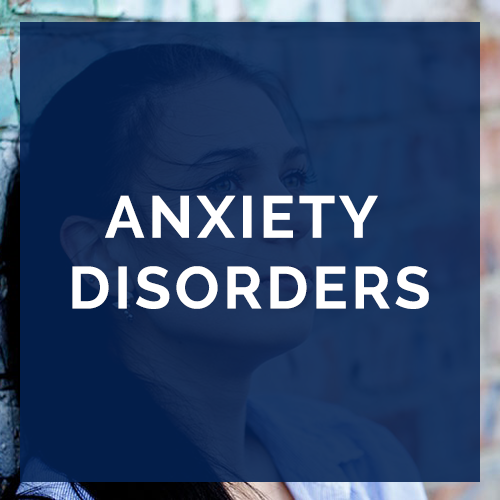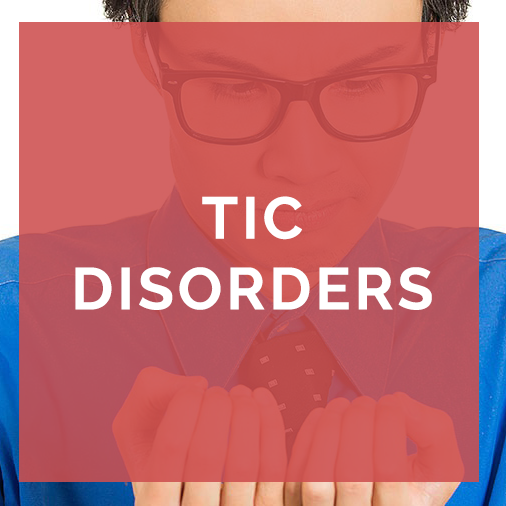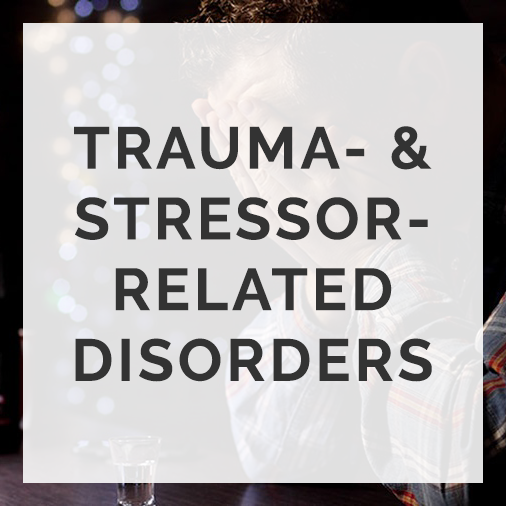
Obsessive-Compulsive Disorder (OCD)
OCD is characterized by recurrent & persistent unwanted thoughts, urges and/or images that cause extreme anxiety or distress. Most often, when people experience such thoughts they go to great measures to ignore or suppress them or to neutralize them in some way. Such behaviors are called compulsions/rituals because they serve the purpose of alleviating or preventing the associated anxiety or distress.
Many times, people feel shame and embarrassment for having such thoughts; however, research has demonstrated that the thoughts experienced by people with OCD are no different from that of people who do not have OCD. The difference is that the person who develops OCD misinterpreted the thought(s) as meaningful or significant in some way. They often believe that just having the “bad” thought signifies that they themselves are “bad”, or that just having the thought is equivalent to acting on the thought. This often leads to further angst, guilt or shame.
What researchers have found is that we have no control over which thoughts or images enter our minds. It is normal to have bizarre, violent, sexual, blasphemous and/or any number of embarrassing thoughts. The more we try to resist the thoughts or images the more they persist. These thoughts are actually normal. The reason a person develops a disorder is because of their attempts to get rid of the thoughts and by engaging in behaviors to get rid of the associated distress.
Although, a person can meet criteria for a diagnosis of OCD without having compulsions, they are almost always present & can be very subtle. Compulsions typically include obvious behaviors such as washing, checking, ordering, etc. or mental such as silently repeating phrases, words, counting, analyzing, etc. The individual engages in these behaviors to prevent some dreaded outcome and are not connected in any realistic way with what they were designed to prevent (e.g. avoiding stepping on cracks to prevent death to a parent). In addition, the individual usually recognizes that the behaviors are irrational (although not necessarily in children).
Both obsessions and compulsions consume many hours in a day and cause significant distress and impairment in social, academic and other life role functions.
Body Dysmorphic Disorder (BDD)
Most human beings have experienced some type of body image concern. Who hasn’t asked or wondered, “does this outfit make me look fat, my butt look too big, is my nose too big or crooked, etc.”?
People with BDD become preoccupied with a perceived bodily defect or flaw. They believe that they look ugly, unattractive, abnormal or deformed and often feel their appearance is offensive to others. Some people feel so bad about their appearance that you may hear them refer to themselves as looking “hideous” or like a “monster”. However, the perceived imperfection may not even be noticeable to others or if so, viewed as very slight.
People who suffer from BDD can become so distressed that they often engage in excessive, time consuming, costly or even dangerous behaviors in attempts to correct the flaw and alleviate the associated distress.
Such behaviors may include, but are not limited to:
- Repeatedly checking mirrors or other reflective surfaces
- Excessive grooming (e.g. shaving, styling, picking skin or pulling hair)
- Camouflaging (e.g. applying makeup, colored hair powders, wearing hats, sunglasses, etc.)
- Reassurance seeking
- Repeatedly touching the area to “check” it
- Excessive exercising or weight lifting
- Tanning
- Cosmetic or self-administered surgeries
Hoarding Disorder
People who suffer from hoarding disorder have difficulty discarding or parting with their possessions & when faced with doing so, they experience distress. Because of this distress, individuals with hoarding disorder avoid discarding. Such avoidance results in the accumulation of a large number of items that clutter the living space. Various areas of the home are no longer able to be used for their intended purposes (e.g. the shower may be used as storage space, beds may be buried, kitchen counters and stovetops may be too cluttered for use). Sometimes the clutter causes significant health, fire and safety hazards.
The hoarding behavior causes distress and/or impairment in important areas of functioning such as work, social & conflict with interpersonal relationships.
Individuals with hoarding disorder are typically very sensitive, creative, kind and intelligent people. They don’t acquire and/or avoid discarding their belongings for reasons different from people who do not have a problem with clutter. Their behavior is just more extreme.
Why? Typically, people who develop a problem with hoarding have personal & family vulnerability factors & certain information processing problems that lead to the underlying meanings they associate with their possessions. Acquiring is pleasurable. Letting go or making a decision to let go is anxiety provoking. It’s human nature to avoid things that make us feel bad and to repeat behaviors that make us feel good! Repeating these behaviors (acquiring/escape and/or avoidance of decluttering) is what results in significant amounts of clutter.
Body-Focused Repetitive Behaviors (Trichotillomania-hair pulling & Excoriation-skin picking disorders)
Individuals with excoriation (skin-picking) disorder pick at their skin which often results in lesions, infections, scarring and all too often, shame.
People with trichotillomania (TTM or hair-pulling) pull body hair from various regions, which results in hair loss. In both cases, the picking and/or pulling, the individuals have made repeated attempts to decrease or stop the behavior and experience distress and/or impairment in important areas of life functioning.
Why do people pull or pick if it causes such distress & embarrassment? People who pull/pick often experience an urge and/or have a particular sensory need at the site or in their fingers. Sometimes they feel itching or burning sensations that immediately trigger the hand to the site and sometimes they’re fingers just need to be busy.
They may have common thoughts such as, “I need to get this last hair” or “I need to even out this blemish”. Sometimes a certain mood triggers the behavior such as anxiety, boredom or anger. Sometimes the person only pulls/picks in certain areas or while engaged in certain behaviors (e.g. in front of the bathroom mirror, while watching TV).
Although the consequences are often distressing, the individual does experience some sort of pleasure. It feels good to get that last piece of skin hanging off of a nail, to pluck an unruly or bothersome eyelash and/or to even chew on the hair or skin. It sounds odd, but it really isn’t. Most of us have engaged in some sort of body-focused repetitive behavior on occasion.






 The Maryland Anxiety Center was founded by Andrea G. Batton, LCPC with a vision of creating a practice where clinicians and staff work cohesively and collaboratively with patients to provide optimal psychological care. The Maryland Anxiety Center specializes in the treatment of anxiety and related disorders from a cognitive behavioral perspective, the gold-standard and most effective treatment for such conditions.
The Maryland Anxiety Center was founded by Andrea G. Batton, LCPC with a vision of creating a practice where clinicians and staff work cohesively and collaboratively with patients to provide optimal psychological care. The Maryland Anxiety Center specializes in the treatment of anxiety and related disorders from a cognitive behavioral perspective, the gold-standard and most effective treatment for such conditions.